Domestic and wild animals
At SLU, research is conducted into disease, health and behaviour of animals. One person in three in Sweden has daily contact with various pets.
Farm animals, such as cattle, pigs, sheep, goats, hens and geese, are important in food production. The reindeer is of great economic value to the Samí people. Grazing husbandry animals also have an impact on the Swedish landscape. At SLU, the wild animal research includes wildlife dynamics connected to feeding, ecological aspects on animal transfers and feeding, interactions between animals and plants, the effects of climate change on animals, humans and ecosystems. Wildlife management includes carnivore issues and hunting. Wildlife damage centre, situated in Grimsö, is a part of SLU.
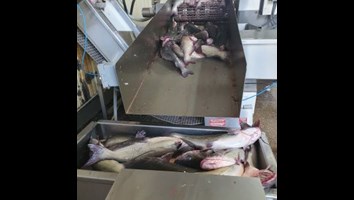
Future Fish Slaughter: Humane Methods Under Scrutiny
Slaughtered fish on lab table, Aquaculture is increasing production worldwide. Therefore, there is a need to develop humane slaughter methods, both to promote animal welfare and to ensure high
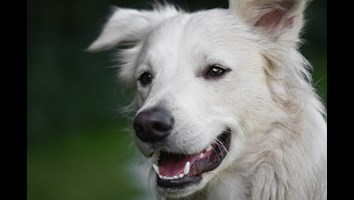
KC-like chemokine as a biomarker of sepsis in dogs with pyometra
Sepsis, defined as a dysregulated inflammatory response to infection inducing organ dysfunction, is a common cause of mortality in both humans and animals. Early detection and treatment is essential
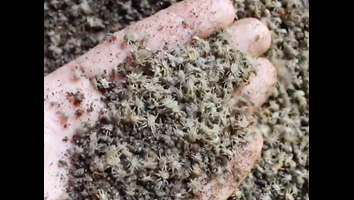
Novel viruses found in ticks from bat caves in Brazil
In this study, we describe the viral composition of adult Antricola delacruzi ticks collected in a hot bat cave in the state of Rondônia, Western Amazonia, Brazil. A. delacruzi ticks, are special,
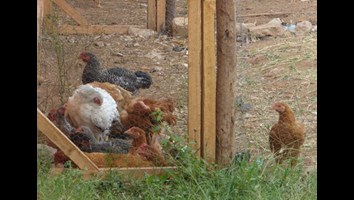
Genomic haplotypes of Avian coronavirus
Avian coronavirus (AvCoV) is ubiquitously present on poultry as a multitude of virus lineages. Studies on AvCoV phenotypic traits are dependent on the isolation of field strains in chicken
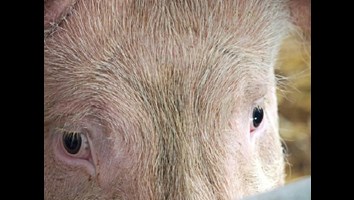
Dental disorders in Swedish sows
Knowledge on dental disorders in commercial sows is limited although such conditions may have important animal welfare implications. In a pilot study, the dental and periodontal health of 58 sows (
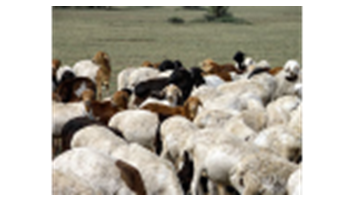
Development of a novel detection method for contagious sheep and goat disease
Peste des petits ruminants (PPR) is a severe viral disease of sheep and goats. PPR is present in Africa, the Middle East and Asia, and seriously impacts the livelihoods and food security of poor and

Are genomically enhanced breeding values valuable?
This study compared the abilities of virgin heifer genomically enhanced breeding values and parent average breeding values to predict future cow performance. To increase confidence in genomic
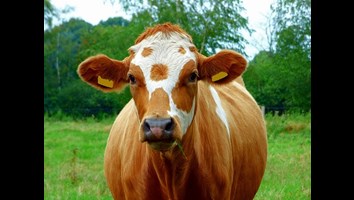
The body condition of dairy cows affect health and fertility
Optimal body condition in early lactation is generally accepted as a prerequisite for good reproductive performance. Examination of milk progesterone profiles offers an objective method for
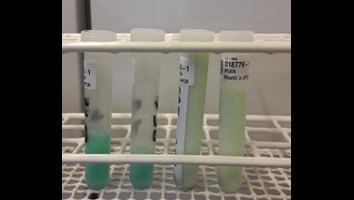
PCR or bacterial culture to identify cause of IMI?
Real-time PCR analysis of milk samples is a fast method to identify intramammary infections (IMI) in dairy cows, and has the potential to be used for routine analysis of test milking composite milk
Pain evaluation in dairy cattle
Pain compromises the welfare of animals. A prerequisite for being able to alleviate pain is that we are able to recognize it. Potential behavioural signs of pain were investigated for dairy cattle
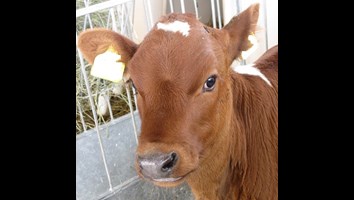
For how long do infected calves spread coronavirus?
Bovine coronavirus (BCoV) is a widely distributed pathogen, causing disease and economic losses in the cattle industry worldwide. Prevention of virus spread is impeded by a lack of basic knowledge
Closantel treatment failure against Fasciola hepatica
Control of Fasciola hepatica infection in livestock is based on annual treatment using flukicides such as triclabendazole, albendazole and closantel. However, triclabendazole resistant F. hepatica
